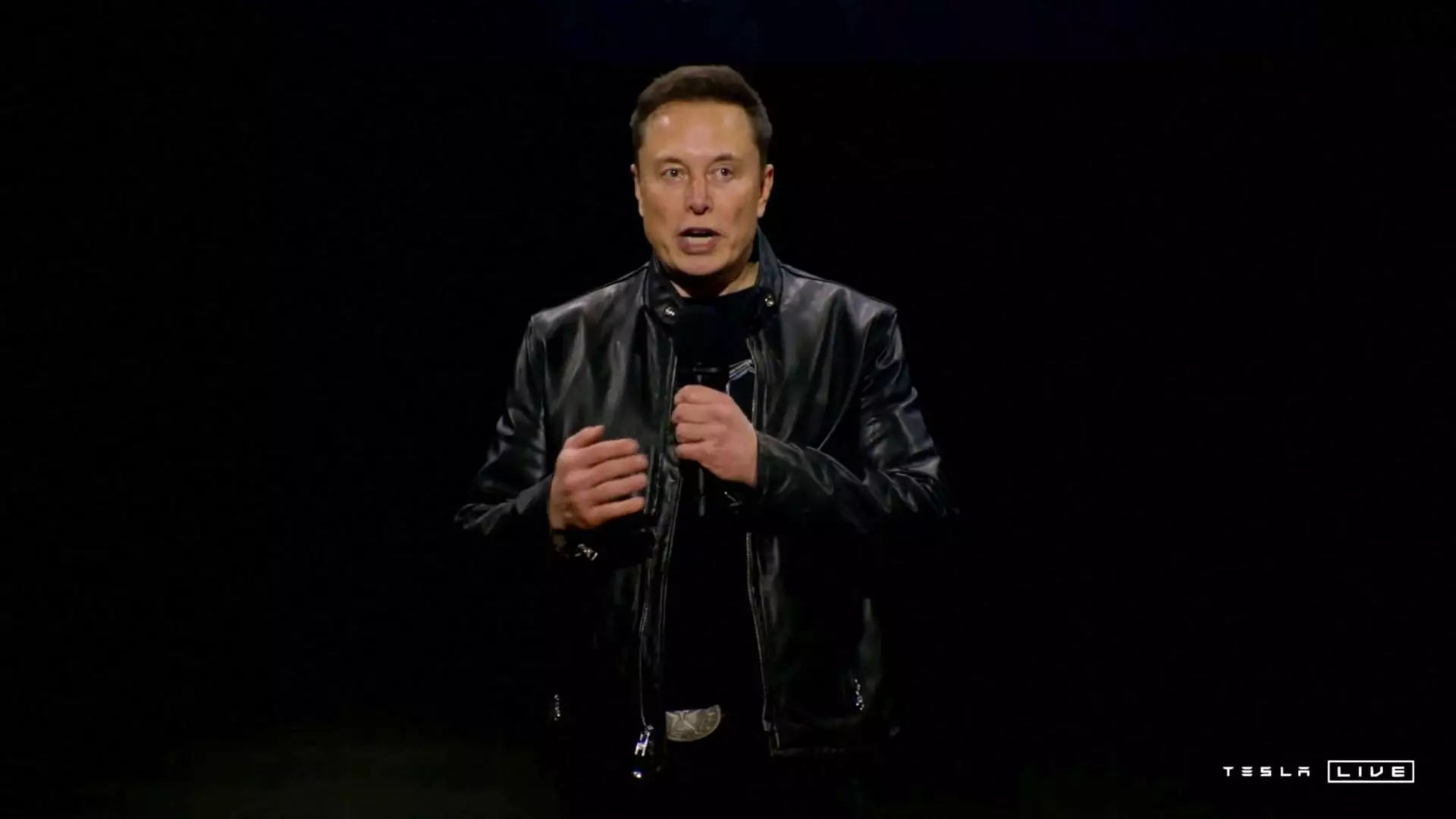Tesla’s latest quarterly report has drawn significant attention from investors and analysts alike, revealing a challenging year for the electric vehicle (EV) giant. Following a promising trajectory over the past few years, the announcement of Q4 2024 production and delivery figures has stirred a mix of concern and speculation about the future of Tesla in an increasingly competitive market.
In its fourth-quarter report for 2024, Tesla recorded total deliveries of 495,570 and production figures at 459,445. For the entire year, the company delivered 1,789,226 vehicles, while its production peaked at 1,773,443. The figures underscore a troubling trend; this marked the first annual decline in delivery numbers for Tesla, contrasting sharply with the 1.81 million vehicles delivered in 2023. The disappointment was palpable as stock prices dropped over 7% following the announcement, reflecting investor sentiment struggling to reconcile these outcomes with previous expectations.
Analysts had anticipated Tesla’s Q4 deliveries to hit around 504,770 vehicles, fueled by projections of strong demand for the Model 3 and Model Y. This shortfall, particularly considering that Tesla had signaled higher expectations to its investors, raises questions about demand stagnation amid a rapidly evolving automotive landscape. A delivery consensus shared with some investors was slightly higher at 506,763, indicating a disconnect between internal projections and actual performance.
The Bigger Picture: Competing Forces
Tesla’s fourth-quarter ordeal is not merely an internal issue; it encapsulates broader trends reshaping the automotive market. The company has historically relied on its early-mover advantage in the EV sector, but as conventional automakers ramp up their electric offerings, this competitive edge is waning. Brands like General Motors, Ford, and BYD are not only expanding their EV lineups but are actively engaging in pricing strategies that may entice price-sensitive consumers.
The situation is exacerbated by Tesla’s decision-making at a strategic level. Notably, CEO Elon Musk’s foray into political endorsements and campaigns may have diverted critical attention from core business operations. The extent to which this engagement affects operational focus remains speculative, but analysts like Sam Fiorani suggest that outside distractions could be pulling Musk’s focus away from pressing automotive deadlines and innovations.
Moreover, Tesla is witnessing a concerning increase in vehicle inventories, particularly in markets where it once enjoyed stronger demand. The Cybertruck, a much-anticipated model, is reportedly facing a significant challenge as it accumulates stock in pre-owned markets. This resonates with Patrick George’s assertion that the company made a strategic error in not rolling out more affordable EV options in 2024.
International sales depict a similar narrative. The company faced a 14% decline in vehicle sales in Europe from January to November 2024, a reflection of intensifying competition and shifting consumer preferences. The same trend was visible in China, where, although the Model Y remains a strong-selling model, Tesla’s growth trajectory has not kept pace with the overall burgeoning EV market. Local competitors, such as BYD and Li Auto, are outpacing Tesla in market growth, further illustrating the need for Tesla to adapt swiftly to maintain its foothold.
Despite these challenges, Tesla maintains aspirations for future growth, with Musk projecting a potential for 20% to 30% growth in 2025 over the previous year. Plans to introduce lower-cost, autonomous vehicles could lead to renewed interest and renewed sales momentum. The anticipated robotaxi initiative, alongside dedicated ride-hailing services before 2027, represents a bold pivot that may enable Tesla to redefine its market offerings.
The company’s historical strength in charging infrastructure continues to be a cited advantage over competitors. As EV adoption accelerates globally, strong capabilities in charging solutions could remain a pillar of Tesla’s strategy. However, with the competition heating up, Tesla must ensure that its innovations extend beyond infrastructure, enhancing product offerings and addressing affordability issues to satiate a growing market segment.
Tesla finds itself at a complex junction, facing significant competitive and operational hurdles as it navigates the evolving landscape of the EV market. While the recent performance metrics indicate a downturn, the company’s capacity for innovation, alongside strategic planning for entering lower-cost segments, could potentially reverse its fortunes as the electric vehicle ecosystem continues to expand. The coming years promise to be vital in determining whether Tesla can adapt to emerging challenges or whether its once-dominant position will be further challenged by an influx of capable competitors.

